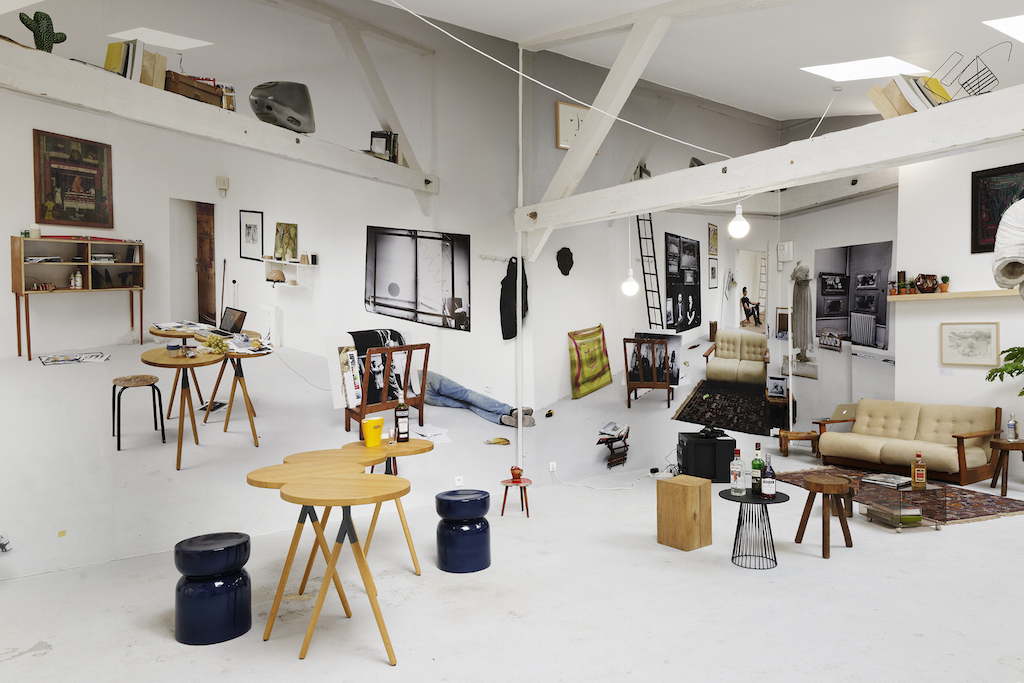
Villa Vassilieff, an interview with Virginie Bobin
An interview on starting a new alternative space, the Paris art scene and Dutch influences, working with commercial partners and being porous and generous.
Can you tell me a bit about yourself? When did you start Villa Vassilieff?
I am a curator, editor and occasional writer, with specific interests in forms of institution-making, artistic research and practices that exceed the exhibition format, as well as collaborative methodologies and ways of working with art that take into account its relationship with society and politics. Since 2015, I have been Head of programs at Villa Vassilieff, a new artistic institution in Paris, run by Bétonsalon — Center for Art and Research.
In 2014, I joined Bétonsalon – Center for Art and Research as Associate curator and Head of Education, and worked closely with director Mélanie Bouteloup (with the help of our colleague Garance Malivel) on shaping the artistic and administrative project of Villa Vassilieff, our second site, which opened its doors on February 13, 2016 in a space belonging to the City of Paris.
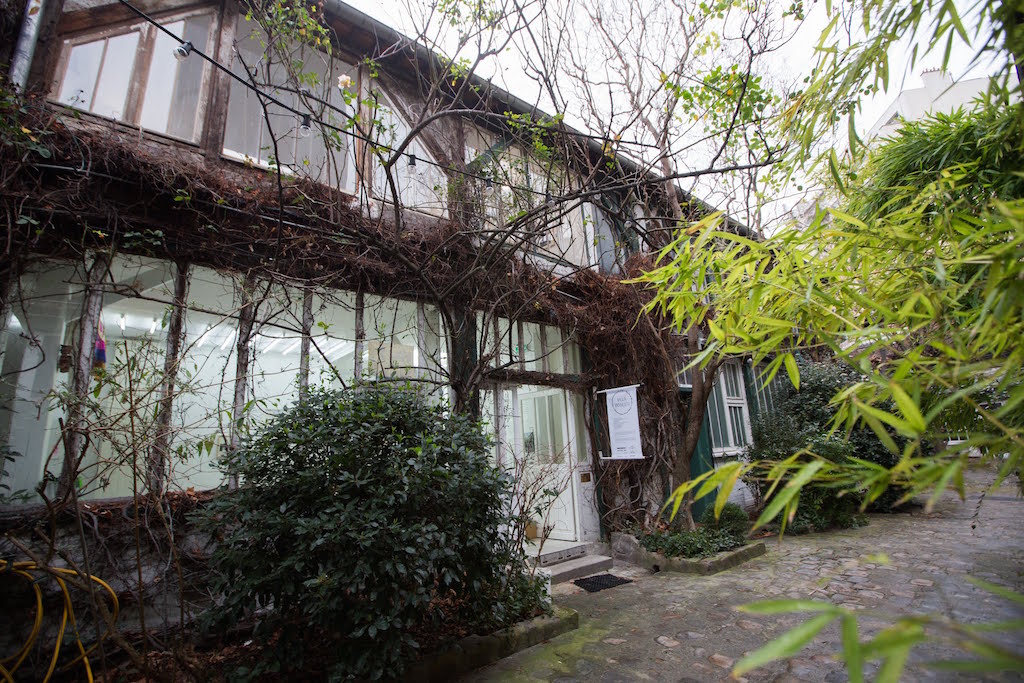
Is it informed by your experience working in the Netherlands?
I witnessed great solidarity among artists and art professionals who came together to discuss and share possible tactics
[answer Virginie Bobin]I worked as an Associate editor for Manifesta Journal online for 3 years, and Assistant Curator at Witte de With for one year, as well as with the Master of Artistic Research from the Royal Academy in The Hague. I have been following and interacting with the Dutch art scene for a while (If I Can’t Dance courageously invited me to do my first international conference in 2010, and I just returned from a day of inspiring studio visits at De Ateliers). The art scene in the Netherlands is very rich and quite international, notably thanks to a fabric of excellent art and curatorial schools. Rotterdam hosts many artists I admire and love, from Katarina Zdjelar to Rana Hamadeh, Wendelien von Oldenborgh to Bik van der Pol, among many others. My conversations with them had and continue to have a lasting influence on the way I conceive my work as a curator.
I started working in the Netherlands a few years after the dramatic budget cuts that deeply affected and redefined the landscape of artistic, cultural as well as academic institutions. Being involved with a magazine, a contemporary art center and an academy gave me an overview of the way these institutions had to cope with growing demands for privatizations and self-sustainability, for instance. How they reinvented themselves in many different ways to overcome this new situation. I also witnessed great solidarity among artists and art professionals who came together to discuss and share possible tactics. This opened my eyes about similar changes occurring across Europe — and notably in France, due to austerity politics; and about the necessity to organize collectively as well as find economical alternatives.

What is your relationship with Bétonsalon?
Villa Vassilieff, Bétonsalon’s new site, is a “cultural establishment of the City of Paris”. They are the two sites of one institution, working complementarily. The City owns the space and gives us funding to operate it. We also managed to secure an important partnership with the Pernod Ricard group, which became our main sponsor. They have been on board since the beginning, and thanks to them we have notably launched the Pernod Ricard Fellowship, a grant allowing us to invite 4 international artists and curators to develop a research at Villa Vassilieff every year. It is an interesting conversation and quite an unusual combination of partners for a French institution and we hope that it could serve as a possible model as well as an incentive for other companies to choose to support small, experimental organizations in sustainable ways.
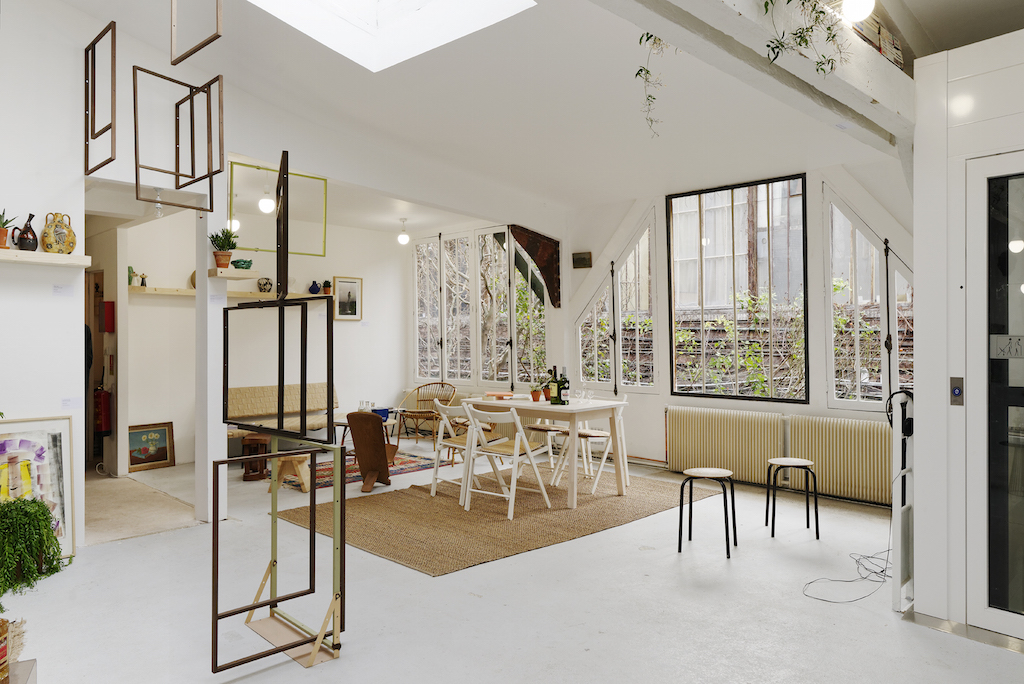
Can you say something about your program?
It is quite an unusual combination of partners for a French institution and we hope that it could serve as a possible model
[answer Virginie Bobin]Villa Vassilieff’s program is organized around several lines of research, which are at the core of our inaugural exhibition, Groupe Mobile. The exhibition takes as a starting point an incredible photographic archive from the Centre Pompidou, composed of 250.000 glass plates produced by Marc Vaux. Marc Vaux photographed thousands or artists, artworks and artists studios in Paris from the 30s to the 70s. Looking at these images, one can retrace the life of artworks but also embrace the diversity of art histories that are made of circulations, migrations and encounters between artists from India, the Philippines, China, Poland… Villa Vassilieff is embedded in Montparnasse, and we want to look at this history from a variety of perspectives: how to reassess heritage’s role in society ? How to bring together artists, academics, students, actors from the civil society and the audience to connect the past lives of this space and this neighborhood with current local and global politics, notably in relation to migration?
These are questions that Bétonsalon has been exploring for the last 10 years under the directorship of Bouteloup, being one of the only art centers in France to be embedded on a university campus, in the 13th district in Paris. Villa Vassilieff intends to amplify them, notably though the Pernod Ricard Fellowship and other collaborations that we are developing with Centre Pompidou, Fondation Nationale des Arts Graphiques et Plastiques, the Global South(s) Chair at Maison des Sciences de l’Homme, Paris 8 University of art schools in Annecy, Lorient… We want to act as a tool to allow artists, researchers and audiences to access the resources of these institutions, and mutualize knowledge and interests. In that regard, the two sites, Bétonsalon and Villa Vassilieff, work hand in hand, with their respective contexts.
Lastly, Villa Vassilieff pays a tribute to the figure of Marie Vassilieff, a Russian artist who lived there at the beginning of the 20th century and turned this place into her studio, an art academy and a cantine. She was mostly remembered as a “friend” of Picasso, Cocteau, Léger and other avant-garde male artists, although she was herself a prolific artist working with many different media. She inspired us to think of the space as a hospitable, convivial one where visitors can spend as much time as they want, read a book, drink a coffee in the kitchen, which is embedded in the exhibition space; but also where many different artists, artworks, objects, materials, trajectories and subjectivities can enter in relation and produce unexpected encounters. It is a very porous institution, where different activities and uses cohabit and interfere with each other.
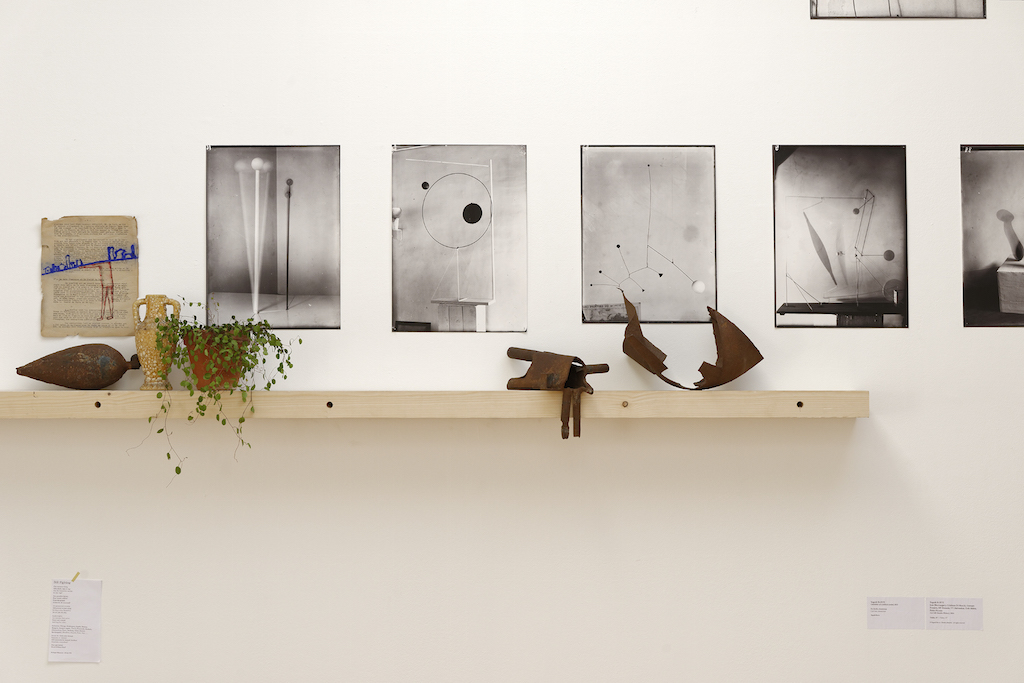
How is the climate for small spaces and initiatives in Paris at the moment?
The space is hospitable, convivial. It is also a very porous institution, where different activities and uses cohabit and interfere with each other
[answer Virginie Bobin]There are actually many new initiatives in Paris at the moment, from DOC — a complex of artists studios and workshops opened by a group of graduates from the Ecole Nationale des Beaux-Arts in an abandoned high-school; to Council, a nomadic organization that works at the convergence of art, sciences and the civil society. Small artists-run spaces are flourishing and a younger, more international generation is generating very interesting situations and projects outside of the main institutions. There is also a great fabric of art spaces in the suburbs around Paris, connected via the TRAM network and the project of the Greater Paris. Despite recent budget cuts that led to the closure or the fragilization of small but important institutions, and worries about announced reductions in public support and funding, there is a feeling of enthusiasm and desire that is quite energizing. Of course, there is also a climate of tensions and defiance, in the wake of the Paris and Brussels attacks, which revealed many social cracks and frustrations. We hear a lot of hostile speeches, especially in mainstream media and in that context it is all the more important for us to remain open, hospitable and constantly reassess the forms and the roles of art institutions in the city.
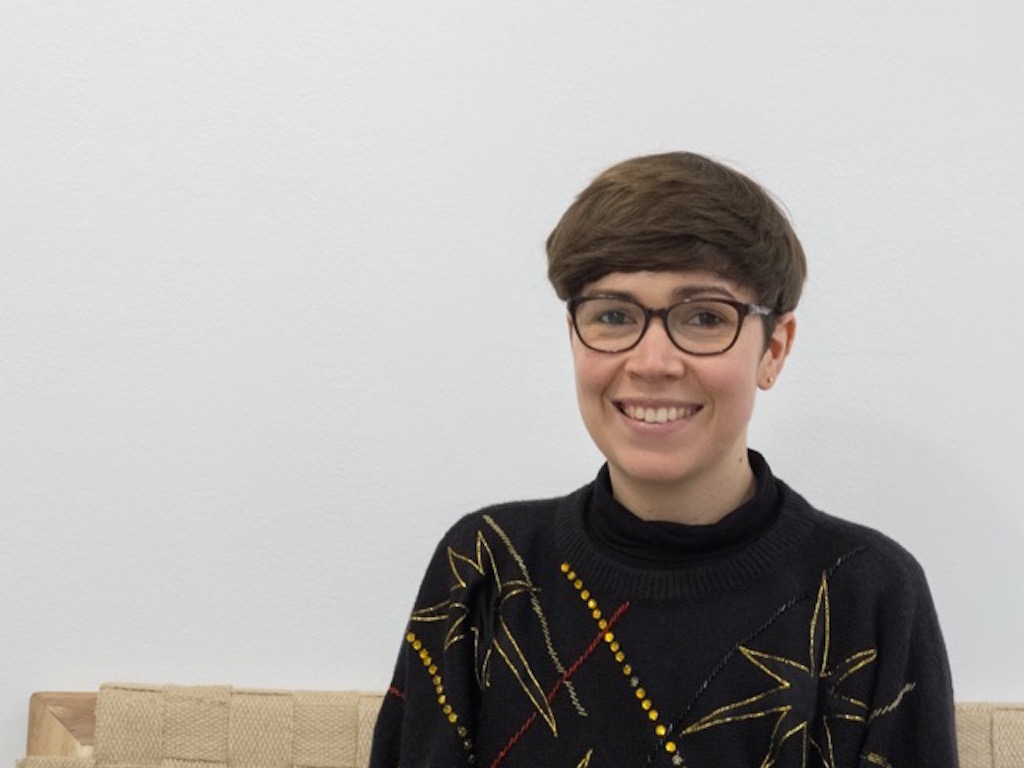
Maaike Lauwaert


